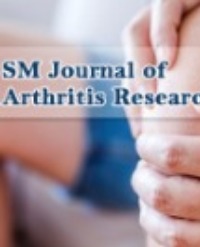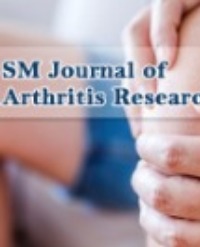
Quantification of Transcripts for Immunoproteasome Subunits PSMB8 and PSMB9 Discriminates Inflammatory from Non-Inflammatory Myopathies
Objectives: Idiopathic inflammatory myopathies (IIM) are a group of muscle diseases characterized by inflammatory infiltrates in skeletal muscle. Associated pathways include increased antigen presentation with tissue specific inflammatory signatures could be related to the proteasome system. In this study we investigated the contribution of the proteasome in IIM.
Methods: Real time PCR was used for relative quantification of mRNA transcripts of proteasomal beta subunits in muscle biopsies from 21 patients with IIM in comparison to 13 patients with non-inflammatory myopathies (NI). Expression levels of the constitutive beta subunits (PSMB5, -6, -7), and the corresponding immunosubunits (PSMB8, -9, -10) were measured relative to different housekeeping genes (HKG). GeNorm, NormFinder and BestKeeper were used to evaluate the expression stability of HPRT1, ACTB and GAPDH as HKG.
Results: HPRT1 was identified as the most stable reference gene in the investigated biopsies. The analysis demonstrated that irrespective of the clinical disease classification, transcripts of PSMB8 and PSMB9 were upregulated in biopsies of all types of IIM and correlated with the intensity of inflammation. Furthermore, expression ratios of PSMB5:PSMB8 and PSMB6:PSMB9 differentiated clearly between IIM and NI.
Conclusions: The quantification of PSMB8 and PSMB9 could qualify for diagnostic scoring of inflammation in myopathy muscles.
Khetam Ghannam¹*# , Lorena Martinez Gamboa¹# , Marie-Kristin Fettke¹ , Sabine Krause² , Thomas Häupl¹ , Salyan Bhattarai¹ , Gerd-Rüdiger Burmester¹ , and Eugen Feist¹

